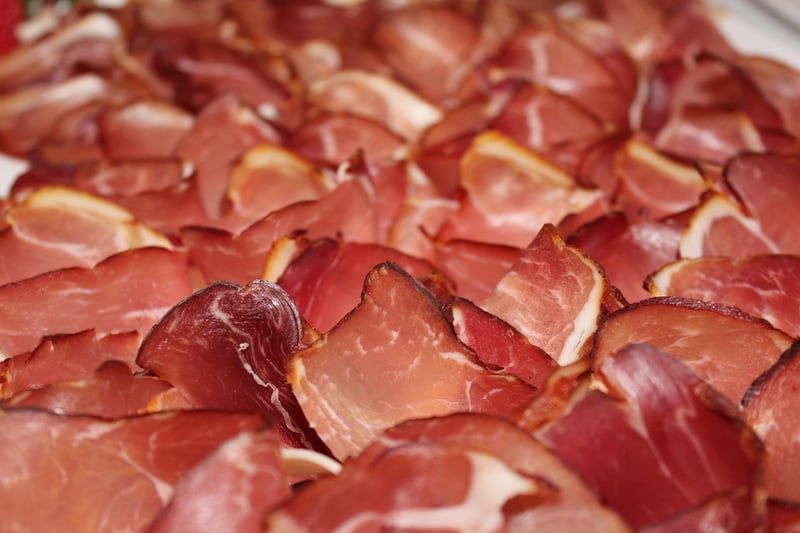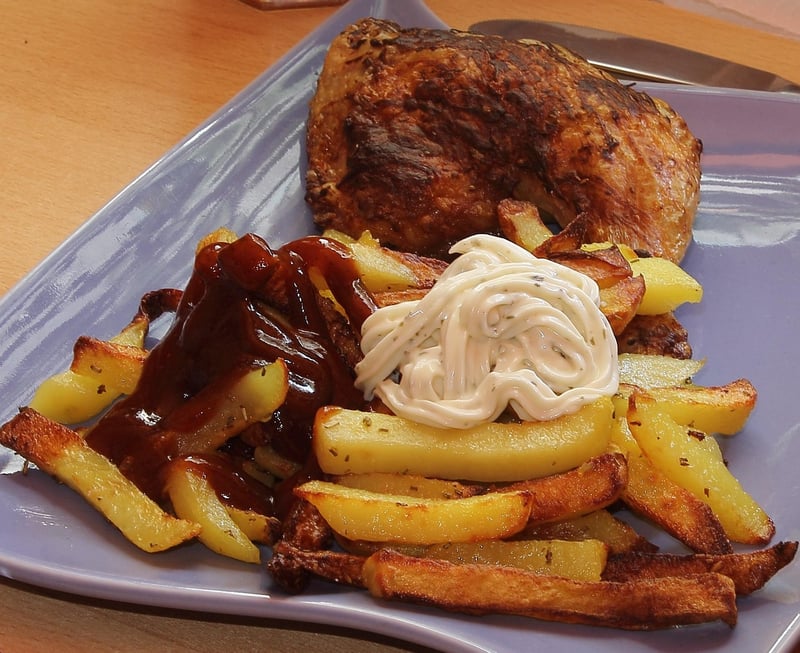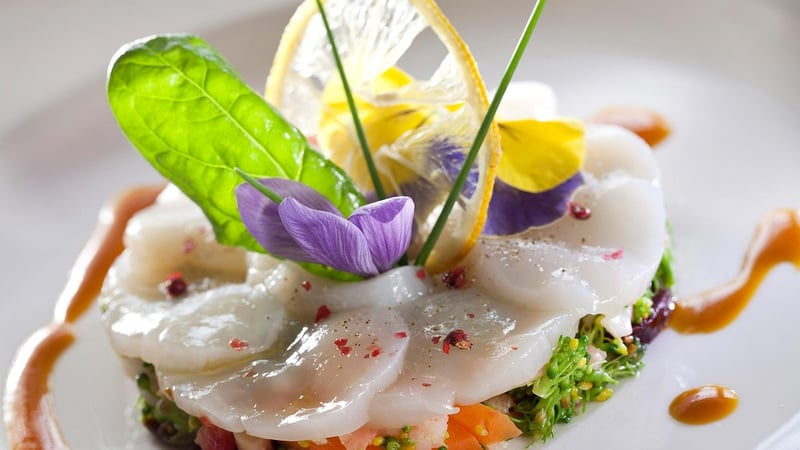Culinary Chemistry
Exploring the Science Behind Food: Culinary Chemistry
Food, one of life's essential pleasures, is not just about taste and flavor. Behind every delicious dish lies a world of fascinating science that affects how we cook, eat, and experience food. Let's delve into the realm of culinary chemistry to uncover the secrets behind the dishes we love.
The Maillard Reaction: The Magic of Browning
Have you ever wondered why seared steaks, toasted bread, and roasted coffee beans all share that irresistible aroma and rich flavor? The answer lies in the Maillard reaction, a chemical reaction between amino acids and reducing sugars that occurs when heat is applied to food. This process not only results in the browning of food but also creates new flavor compounds that tantalize our taste buds.

Emulsions: The Key to Creamy Sauces and Dressings
Ever wondered how mayonnaise stays thick and creamy or how vinaigrettes come together so smoothly? The answer lies in emulsions, where two immiscible liquids, like oil and water, are combined with the help of an emulsifier to create a stable mixture. Culinary chemistry helps us understand the science behind emulsions and how to manipulate them to achieve the desired texture and mouthfeel in our dishes.

Sous Vide Cooking: Precision Temperature Control
Sous vide cooking has revolutionized the culinary world with its precise temperature control and ability to cook food to perfection. By vacuum-sealing ingredients in a bag and cooking them in a water bath at a consistent temperature, sous vide ensures even cooking and retention of flavors and nutrients. Understanding the principles of heat transfer and thermodynamics is crucial to mastering this cooking technique.

Food Pairing: The Art of Flavor Combinations
Pairing food and drinks is an art form that relies on the principles of culinary chemistry. By understanding how different flavors interact and complement each other at a molecular level, chefs can create harmonious dishes that tantalize the palate. From classic combinations like wine and cheese to more experimental pairings, the science of food pairing opens up a world of culinary possibilities.

The Future of Food: Molecular Gastronomy
Molecular gastronomy pushes the boundaries of traditional cooking by applying scientific principles and techniques to create innovative culinary creations. From spherification to foams and gels, chefs experiment with textures, temperatures, and flavors to surprise and delight diners. By combining art and science, molecular gastronomy opens up a realm of culinary possibilities limited only by imagination.

Next time you savor a delicious meal, remember that behind the flavors and textures lies the intricate world of culinary chemistry. By exploring the science behind food, we gain a deeper appreciation for the culinary arts and the endless possibilities they offer.
